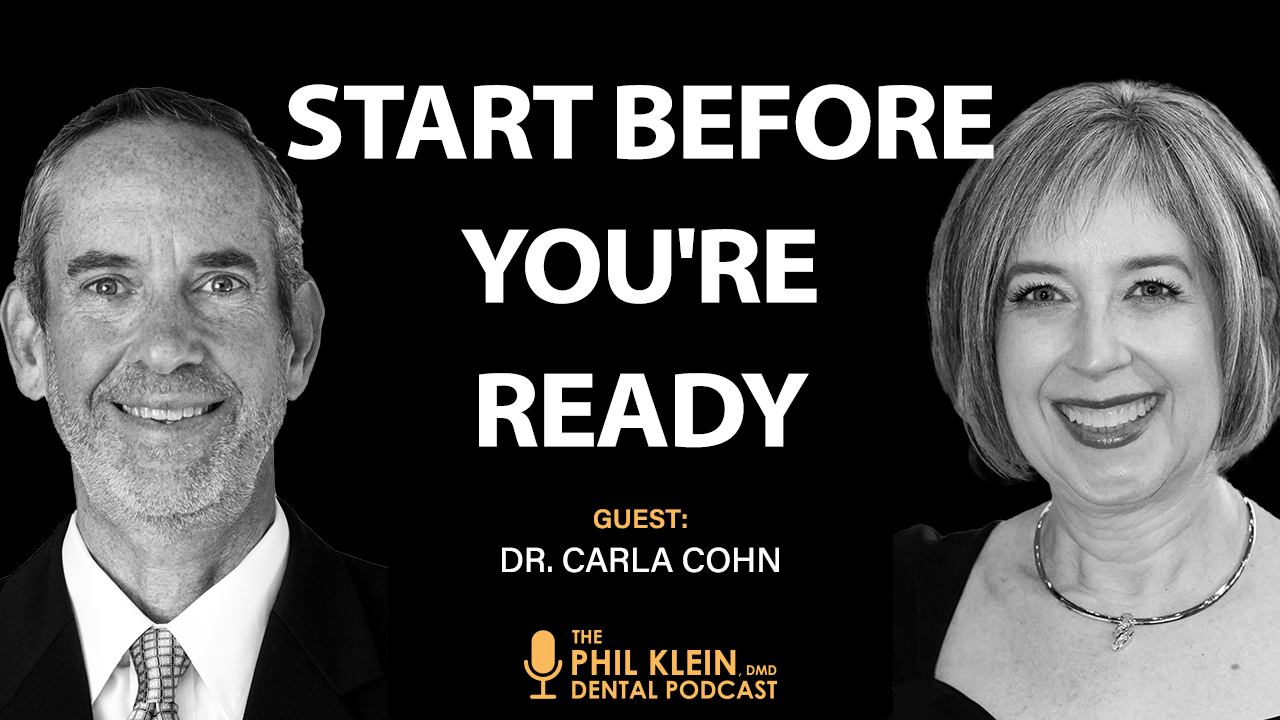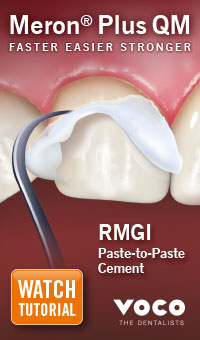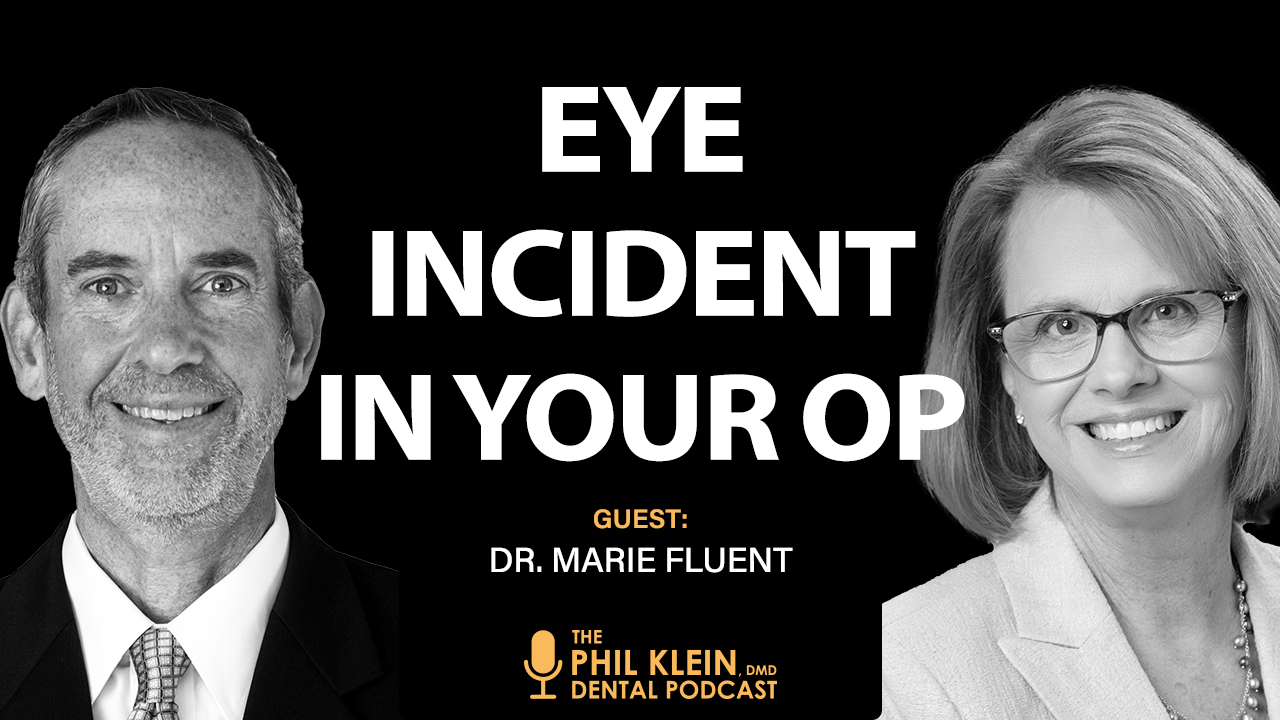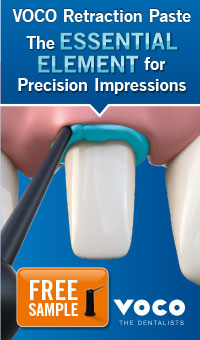
Getting More Confident with Cosmetic Veneer Procedures

The seventeenth century English poet George Herbert once said, “Skill and confidence are an unconquered army.” Which is true. But when it comes to offering veneer treatments for your patients, if you’re like many dentists you may have a great deal of fear because you worry that your skills are not up to the task.
If this is the case, how do you overcome the fear of doing
veneers, considering the number of moving parts that can result in a clinical
failure?
Practice – using a proven system – makes perfect
“We can all remember doing an amalgam or crown and how scary it was the first time we did it,” points out cosmetic dentist and international author, lecturer and consultant Dr. Todd Snyder, “and how the first 20, 30, 100 times we were still nervous and learning. Veneers are no different. Fear goes away with repetition. It’s when you get in and do them that the fear fades over time.”
Like any dental procedure, doing things correctly
over and over will help you build your skill and confidence. To ensure you are
doing it right, Dr. Snyder recommends that you get a mentor or find a course
that has a proven system you can follow. If you’ve been doing veneers and
having failures or problems, this can help you identify what you’ve been doing
wrong and learn a better approach instead.
Start with planning
“A lot of times in dentistry,” says Dr. Snyder, “we think that it’s just this dogmatic approach that we do the same thing over and over again. For some procedures, a dogmatic approach might be okay the majority of the time. But when it comes to something as precise and cosmetically-specific for a patient as veneers, the way to be successful is to plan it before you do anything.”
This advice might make you wonder how different one veneer case is from the next. Are there so many possibilities when doing veneers that you need to do such careful planning? Or are there just some outliers for which you need to be prepared, but otherwise most of the cases are very similar?
Dr. Snyder observes that the answer depends on the type of dentistry you want to practice. “If you think that every case is done the same and you, in my mind, over-prepare everybody’s teeth and pretty much gut everything” then all that preparation is not necessary.
But if you want to practice minimally-invasive dentistry, you need to plan. If you want to take 2/10ths of a millimeter off the mesial of number 8 and 4/10ths of a millimeter off the distal of number 9, this takes planning. If you want to stay in enamel and minimize the amount of damage to your patient’s tooth, this takes planning. You cannot give your patients the least invasive procedure possible that will give them the most tooth for the rest of their life if you simply take a dogmatic “one size fits all” approach.
On the other hand, if you are working within a proven system
and have a great plan that’s in alignment with what the patient wants and
values, and you can both see the final outcome, then it becomes easy to set up
the necessary steps.
Get the patient involved
While a good starting point is to plan things out “on paper”
(or on screen in your digital software), it can also be helpful to mock
something up with a wax up and try it out in the patient’s mouth. Be sure to
ask your patient the type of questions that will help you perfect your plan,
such as…
· Does it feel peculiar to your tongue?
· Are you okay with how you can bite?
· How do you feel about where your lip is
positioning?
· Etc.
With this approach, Dr. Snyder notes, “You’re planning how to take the least amount off but, at the same time, seeing where you have limitations in prep design or position that can cause you to have to change your system slightly. And the patient can see and understand why you’re making these decisions.”
Temporaries are also an extremely important part of the
process. Now the patient is seeing the real thing in their mouth, as you’ve
made slight modifications to their teeth. The feedback they can provide at this
point, such as what they’d like you to shorten or round or soften, can help you
make the final veneers even better.
Have a simplified inventory system
An important aspect of a successful system is to carefully choose the materials that you use. Dr. Snyder is a big believer in minimizing inventory. If you stick with products from the same manufacturer and product family, you eliminate problems with incompatibility between products.
“Rather than having numerous different products from
different manufacturers,” he shares, “I’ve got one system that will do
everything I want to do but also allows me to pivot. Should I encounter
something that has to be different, I don’t have to go find another product. I
use Bisco All-Bond Universal Bonding Agent. It allows me to do every type of
direct and indirect restoration. And it allows me to have a total etch or a
self-etch or a selective etch, and a light cure or dual cure. By the same token,
Bisco’s Choice 2 Veneer Cementation Kit comes with everything I need as far as
doing my veneers.”
Conclusion
While there’s a lot of fear in doing veneers, having a great
system and practicing doing it right are the keys to gaining confidence in this
area.
























